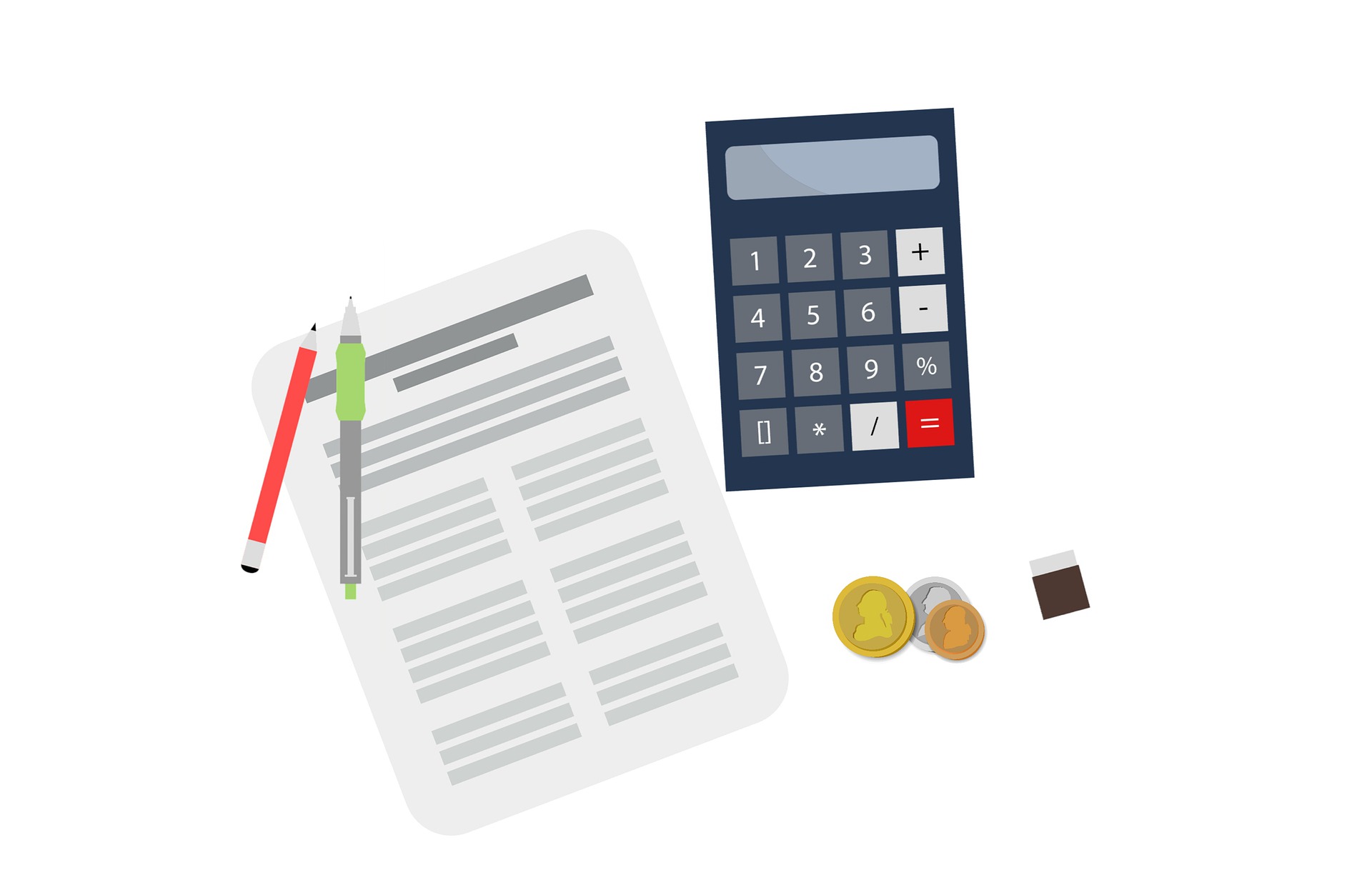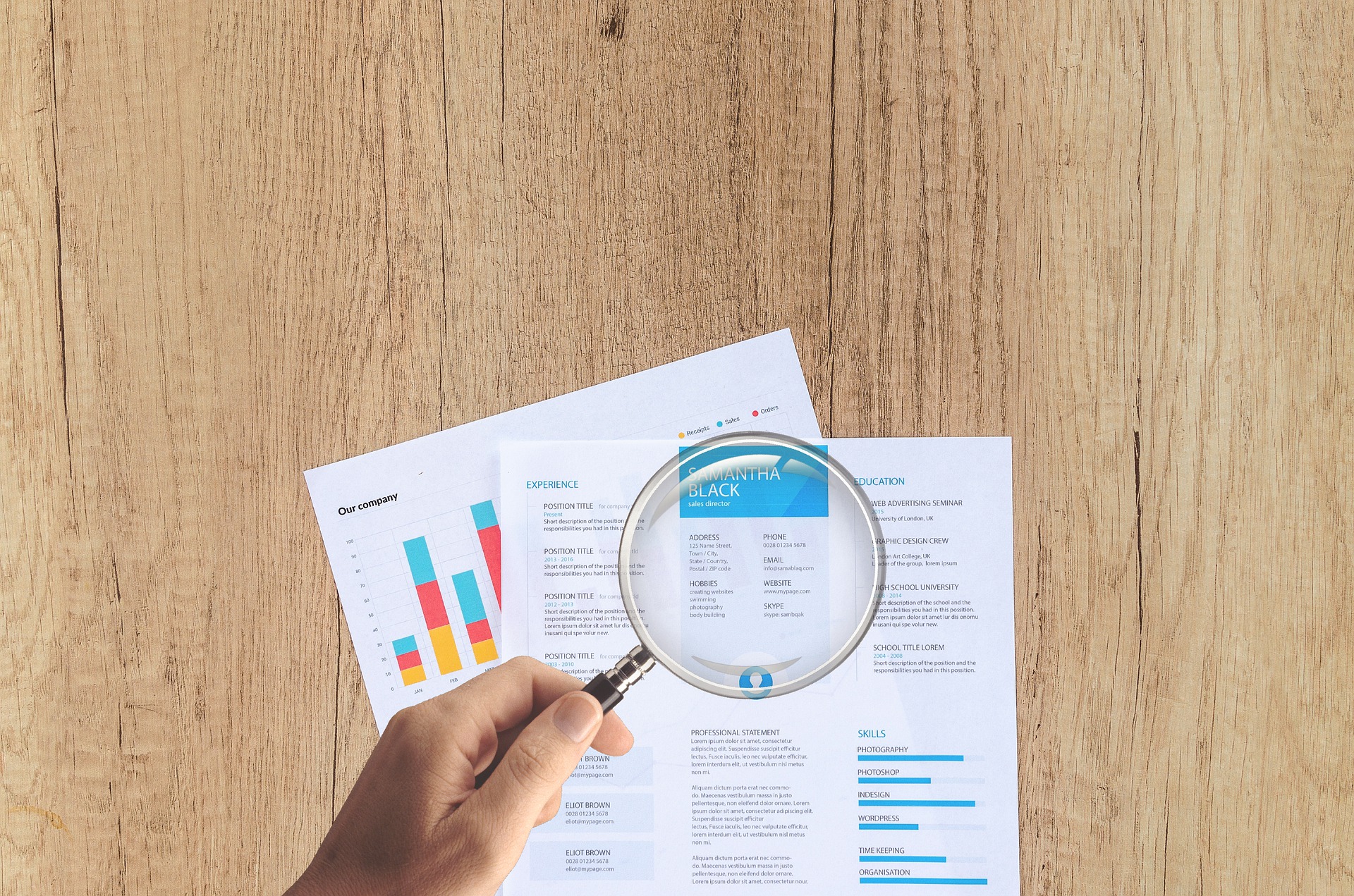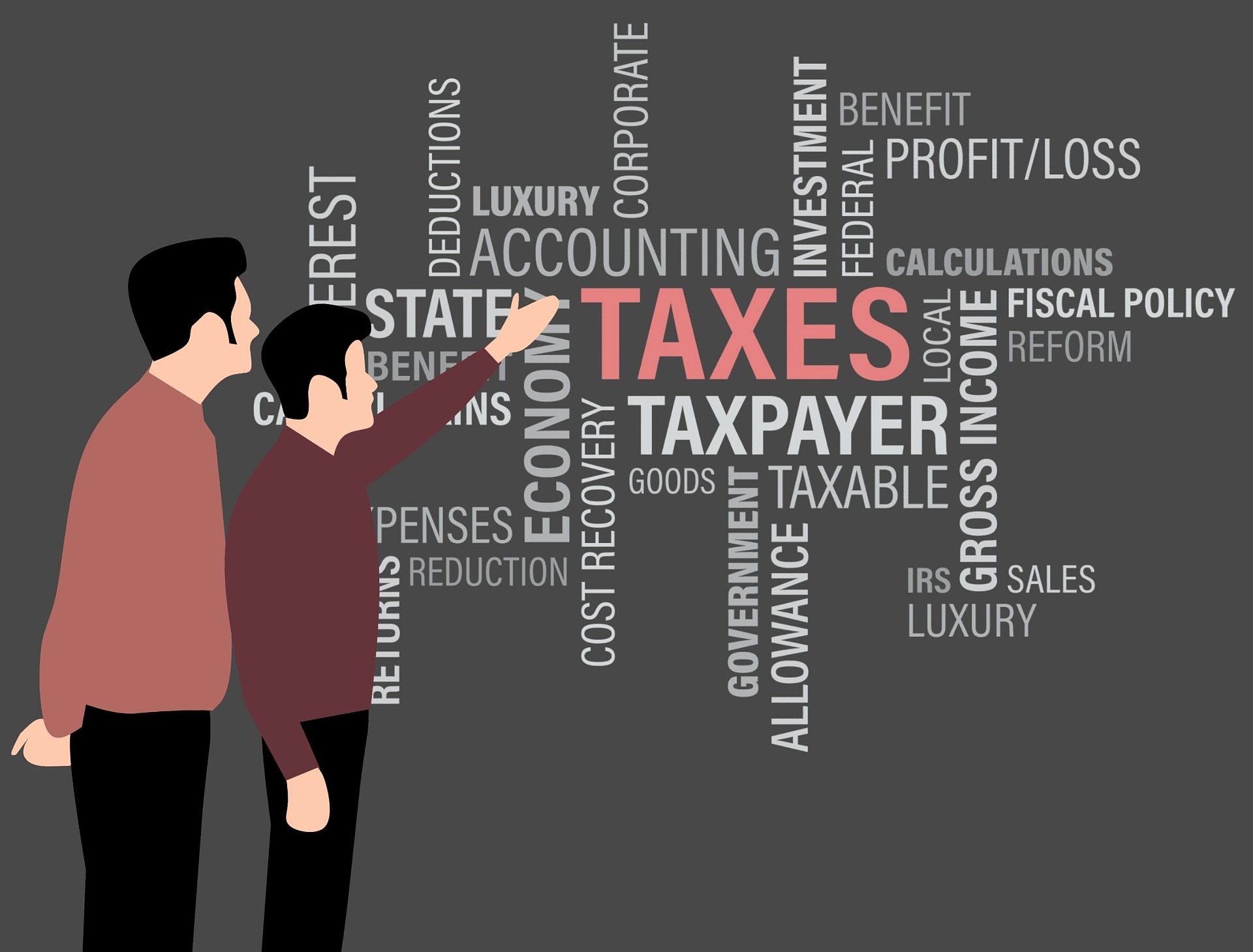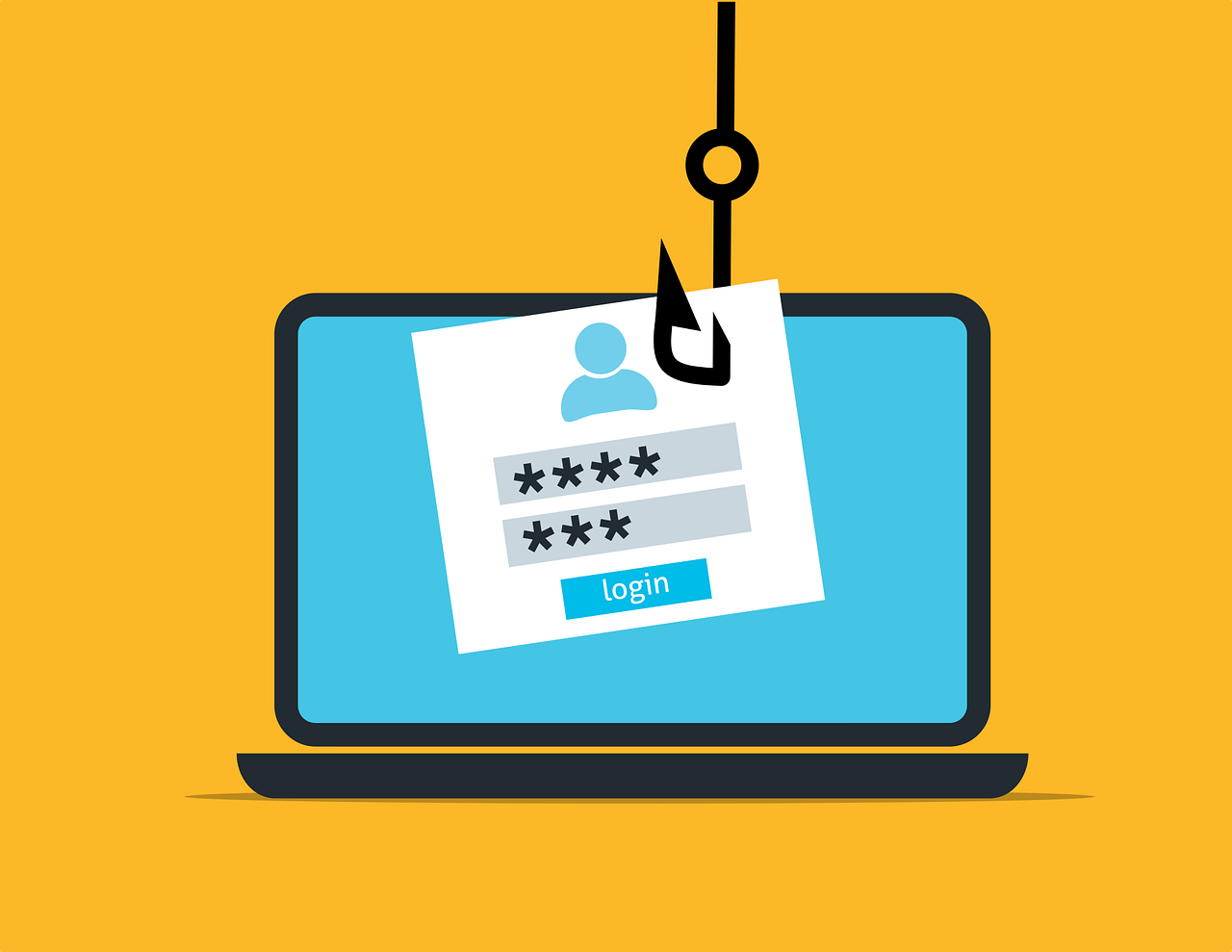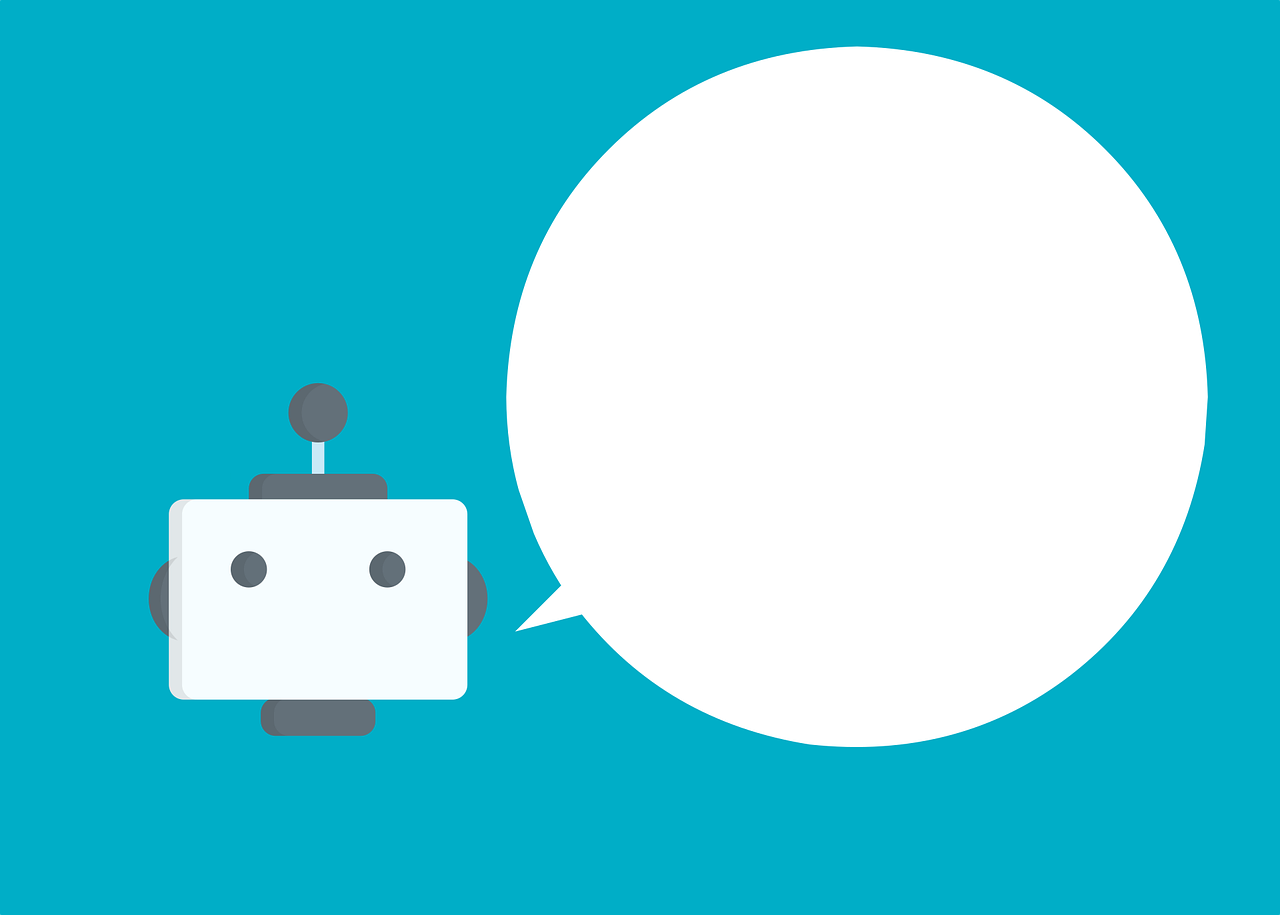AF Accounting is helping individuals and small businesses better understand the ins and outs of the COVID-19 benefit programs available from the Federal Government. Part 1 looked at the Canada Emergency Response Benefit (CERB). Part 2 discussed the Canada Emergency Business Account (CEBA). Part 3 reviewed the extended tax deadlines. This post revisits an important aspect of the CERB – the fact that it is taxable.
What is the CERB?
The CERB offers $2,000/month for eligible individuals. This program replaced the Emergency Care Benefit and the Emergency Support Benefit.
Why is the CERB taxable?
Any source classified as income by Canada Revenue Agency (CRA) is taxable, and the CERB is income (partial income replacement). It is vitally important to remember this, or you may be shocked by a big tax bill next year. Since CRA is not deducting taxes from your payments upfront, you will remit those taxes in April 2021.
While it may seem counter intuitive during the pandemic when so many people have lost their jobs, this is not a new concept. Income derived from gigs, small businesses, royalties, and some other sources such as rent income and dividends are all taxable. The difference between this type of income and employment income is that an employer will deduct and remit the tax on your behalf. You hardly notice it when it is automatically handled and just appears as a line on your pay stub. Since the Government of Canada is not your “employer,” you must calculate and remit the taxes on the CERB income yourself.
How much will I owe?
What you owe on each CERB payment is dependent on your marginal tax rate from 2020. Your marginal tax rate is the rate you pay on every dollar of taxable income you earn once you have accounted for your basic personal amount.
To calculate what you owe, project how many CERB payments you anticipate receiving along with other income for the year (such as returning to work). Then check your tax bracket for your applicable percentage.
While this is not a fail safe method that will calculate your taxes down to the penny, it will give you an idea of how much money to set aside now.
What if I can’t set money aside for my taxes?

These are unprecedented times and households are already struggling with debt. However, failing to account for the taxes owing on your CERB will simply add to your stress. If you need every dollar now and cannot set some aside, that is understandable, but at the very least do the calculations so you have an idea how to work this payment into your budget as soon as possible. Remember, the CRA adds fines and penalties to late payments, which can quickly cause tax debt to increase. As soon as you can set the money aside in a saving account for your upcoming tax payment, do so.
AF Accounting can help
We understand that tax brackets and percentages and savings are not things you may feel like dealing with right now. We are dedicated to helping Canadians and Canadian small businesses and are here to help with information and with your filing. Contact us today for assistance with this topic, with your tax return, with your e-commerce accounting, and more.

